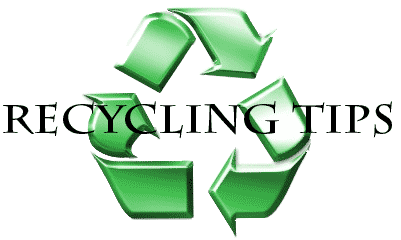
| Home | Saving Energy Tips | Fuel-Efficient Cars | Saving Water | Solar Panels | One Type of Pollution | Green Supplies | Carbon Footprint | Carbon Offsetting |
|---|

| Home | Saving Energy Tips | Fuel-Efficient Cars | Saving Water | Solar Panels | One Type of Pollution | Green Supplies | Carbon Footprint | Carbon Offsetting |
|---|
 Recycling involves processing used materials into new products to prevent waste of potentially useful materials, reduce the consumption of fresh raw materials, reduce energy usage, reduce air pollution and water pollution by reducing the need for "conventional" waste disposal, and lower greenhouse gas emissions as compared to virgin production. Recycling is a key component of modern waste management and is the third component of the "Reduce, Reuse, Recycle" waste hierarchy.
Recycling involves processing used materials into new products to prevent waste of potentially useful materials, reduce the consumption of fresh raw materials, reduce energy usage, reduce air pollution and water pollution by reducing the need for "conventional" waste disposal, and lower greenhouse gas emissions as compared to virgin production. Recycling is a key component of modern waste management and is the third component of the "Reduce, Reuse, Recycle" waste hierarchy.
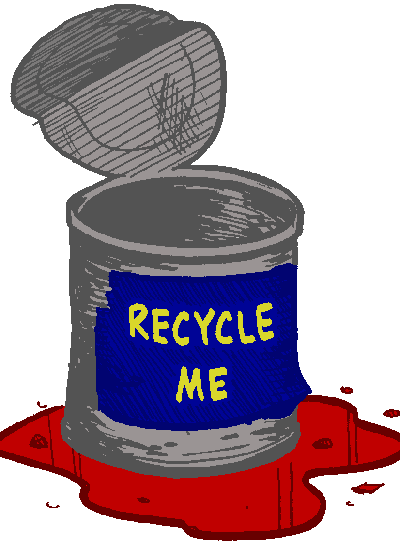
 Used aluminum beverage cans are the most recycled item in the U.S., but other types of aluminum, such as siding, gutters, car components, storm window frames, and lawn furniture can also be recycled.
Used aluminum beverage cans are the most recycled item in the U.S., but other types of aluminum, such as siding, gutters, car components, storm window frames, and lawn furniture can also be recycled. We use over 80,000,000,000 aluminum soda cans every year.
We use over 80,000,000,000 aluminum soda cans every year. A 60-watt light bulb can be run for over a day on the amount of energy saved by recycling 1 pound of steel. In one year in the United States, the recycling of steel saves enough energy to heat and light 18,000,000 homes!
A 60-watt light bulb can be run for over a day on the amount of energy saved by recycling 1 pound of steel. In one year in the United States, the recycling of steel saves enough energy to heat and light 18,000,000 homes! Recycling one aluminum can saves enough energy to run a TV for three hours -- or the equivalent of a half a gallon of gasoline.
Recycling one aluminum can saves enough energy to run a TV for three hours -- or the equivalent of a half a gallon of gasoline.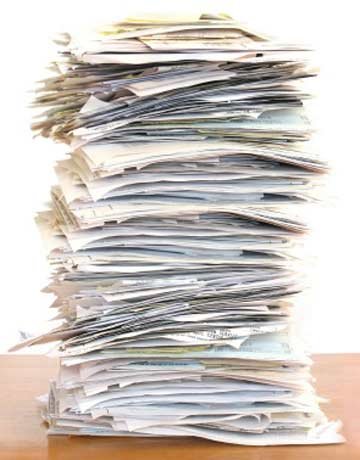
 If every American recycled just one-tenth of their newspapers, we would save about 25,000,000 trees a year.
If every American recycled just one-tenth of their newspapers, we would save about 25,000,000 trees a year. Americans use 85,000,000 tons of paper a year; about 680 pounds per person.
Americans use 85,000,000 tons of paper a year; about 680 pounds per person. The amount of wood and paper we throw away each year is enough to heat 50,000,000 homes for 20 years.
The amount of wood and paper we throw away each year is enough to heat 50,000,000 homes for 20 years. If all our newspaper was recycled, we could save about 250,000,000 trees each year!
If all our newspaper was recycled, we could save about 250,000,000 trees each year! To produce each week's Sunday newspapers, 500,000 trees must be cut down.
To produce each week's Sunday newspapers, 500,000 trees must be cut down.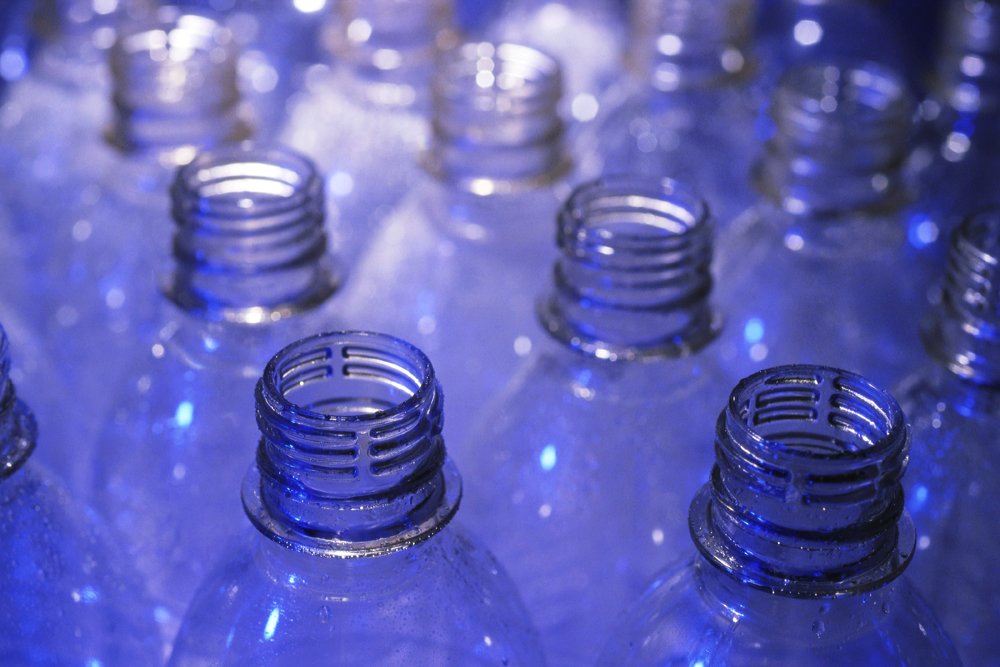
 In 2007, more than 325 million pounds of wide-mouth plastic containers were recovered for recycling.
In 2007, more than 325 million pounds of wide-mouth plastic containers were recovered for recycling. Plastics in the U.S. are made primarily (70 percent) from domestic natural gas.
Plastics in the U.S. are made primarily (70 percent) from domestic natural gas. According to the Beverage Marketing Corp, the average American consumed 1.6 gallons of bottled water in 1976. In 2006 that number jumped to 28.3 gallons.
According to the Beverage Marketing Corp, the average American consumed 1.6 gallons of bottled water in 1976. In 2006 that number jumped to 28.3 gallons. Today, 80 percent of Americans have access to a plastics recycling program.
Today, 80 percent of Americans have access to a plastics recycling program.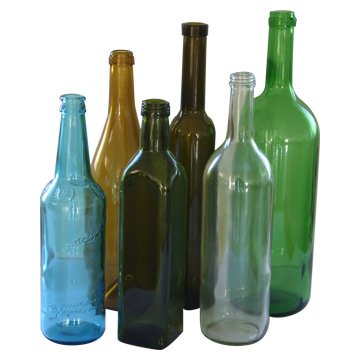
 In some states, like California, glass bottle recycling nears 79 percent.
In some states, like California, glass bottle recycling nears 79 percent.
 A 2005 study by the Beverage Packaging Environmental Council found that 18 percent of glass bottles are consumed at bars or restaurants.
A 2005 study by the Beverage Packaging Environmental Council found that 18 percent of glass bottles are consumed at bars or restaurants.
 The typical glass processing facility can recycle up to 20 tons of glass per hour
The typical glass processing facility can recycle up to 20 tons of glass per hour
 The glass container industry has an annual revenue of $5.5. billion, with almost 50 manufacturing plants located throughout the U.S.
The glass container industry has an annual revenue of $5.5. billion, with almost 50 manufacturing plants located throughout the U.S.
 Glass containers produced today are 40 percent lighter than when they were 20 years ago, making them much easier to recycle.
Glass containers produced today are 40 percent lighter than when they were 20 years ago, making them much easier to recycle.
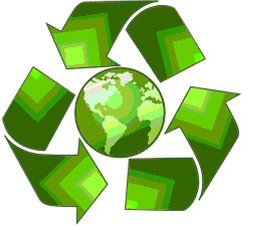
To find a local Recycling Center near you Click Here